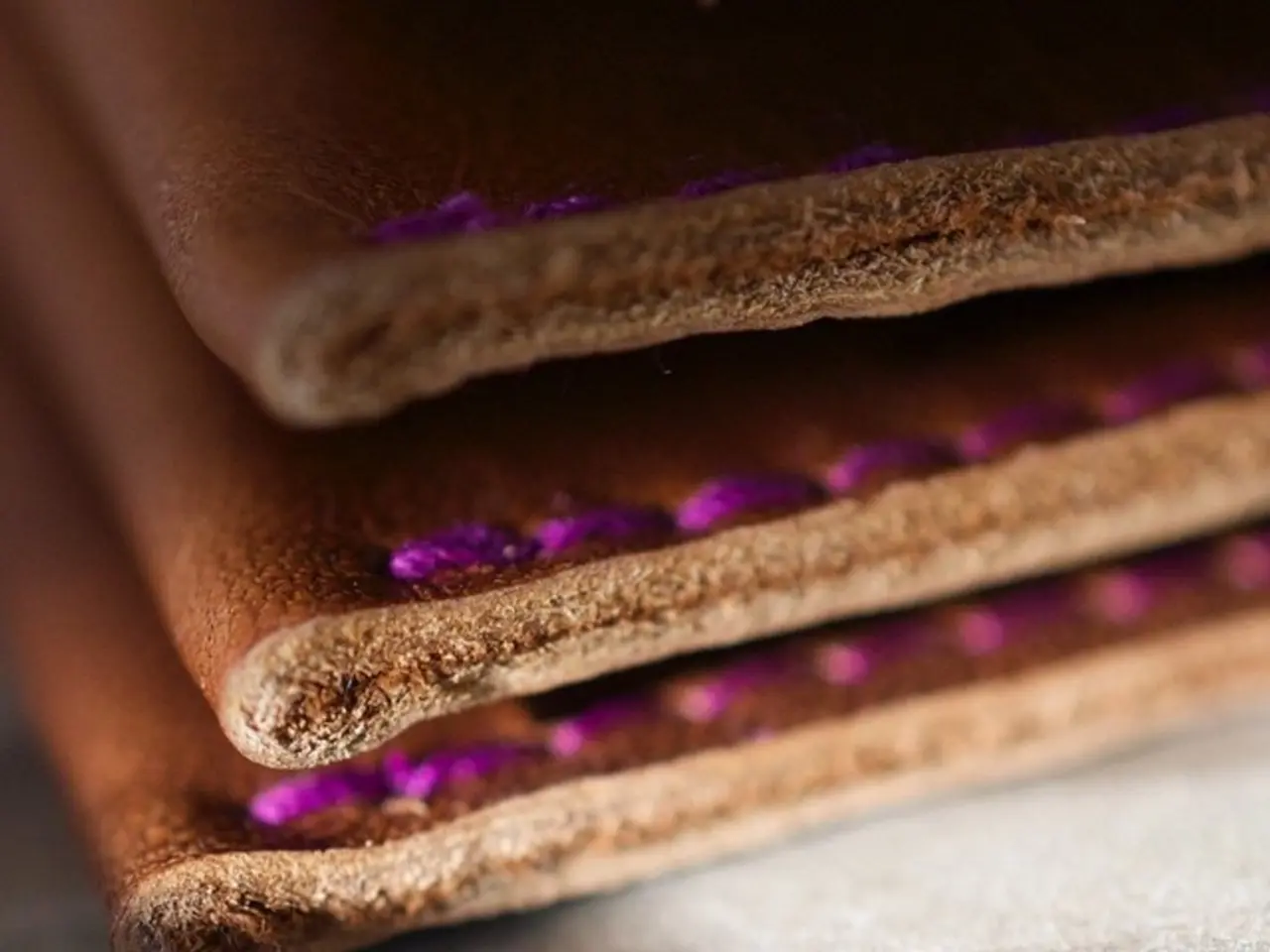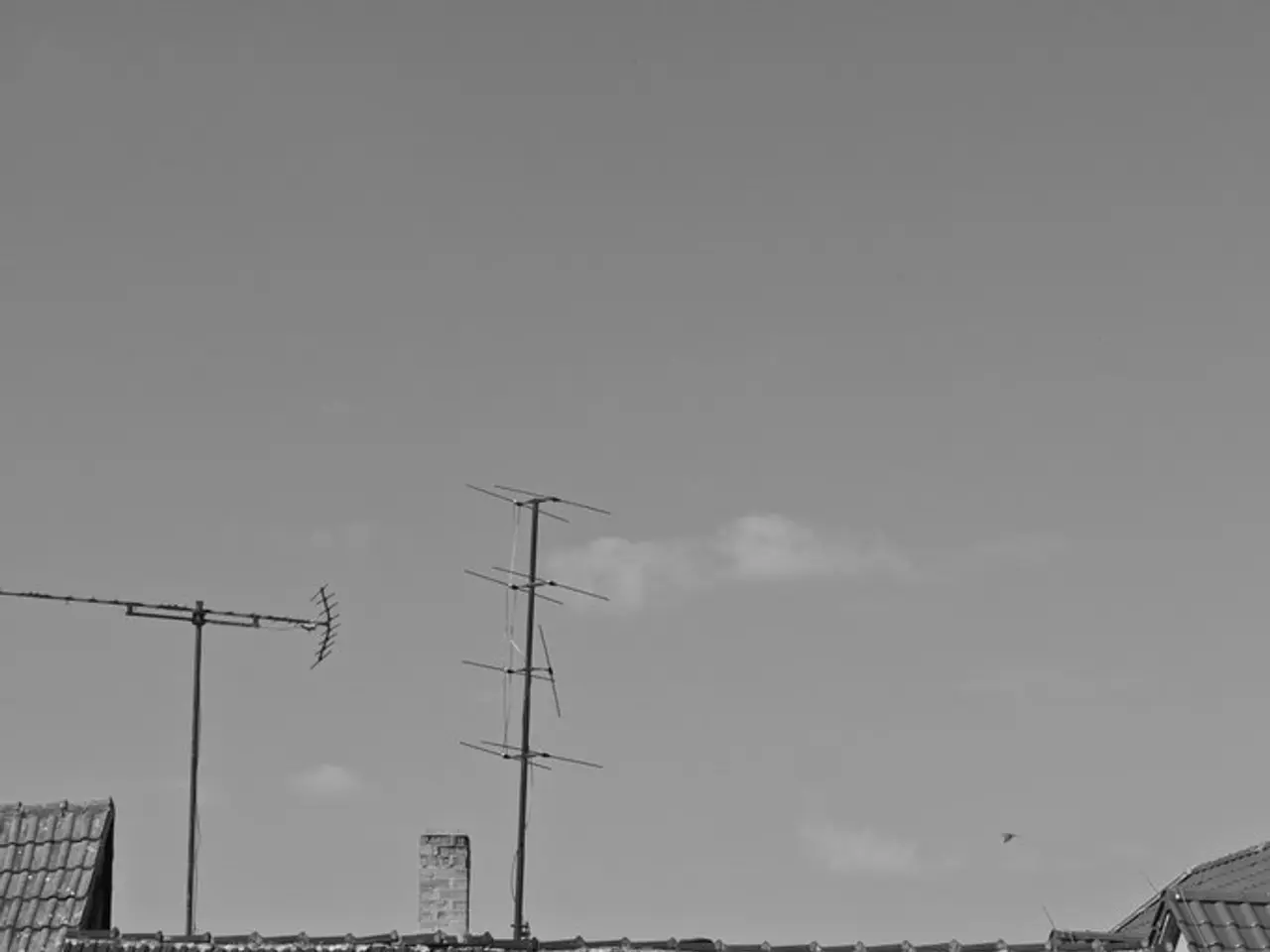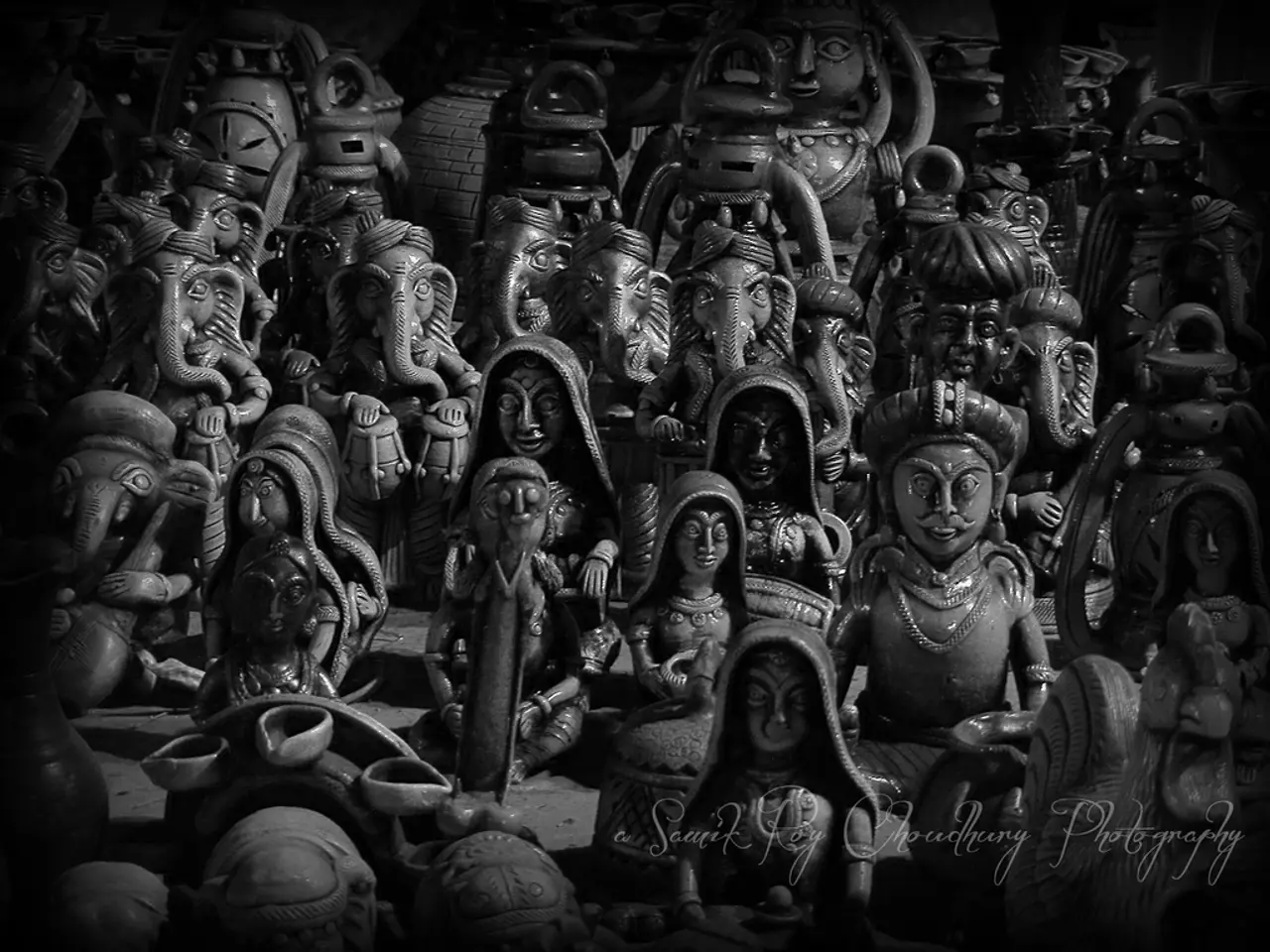Navigating US Tariffs and Pricing for Indian Leather Producers: A Comprehensive Overview
In the ever-evolving landscape of global trade, Indian leather manufacturers are adapting to the challenges posed by US tariffs and shifting consumer preferences. By focusing on craftsmanship, transparency, and sustainable practices, these manufacturers are positioning themselves to thrive in the American market.
One key strategy is advocating for lower tariffs through diplomatic and trade negotiations. India is actively engaging with the US to reduce import duties that can reach up to 48%, making Indian leather goods less competitive. The Trade Policy Forum (TPF) discussions aim to achieve better market access and resolve tariff-related disputes, benefiting labor-intensive industries like leather manufacturing.
Another approach is leveraging shifts in US tariff policies favouring India. Recent US tariff adjustments have given India a trade advantage over key competitors such as China and Mexico in many major export sectors, including leather. This makes Indian leather products more attractive and competitive in the US market, providing manufacturers an opportunity to expand export volumes.
The US market increasingly values quality and sustainability. Indian manufacturers can differentiate themselves by improving leather quality, adopting eco-friendly tanning and processing, and incorporating design innovations aligned with evolving consumer preferences. Over 60% of US fashion buyers now consider sustainability when choosing suppliers, so it's important for tanneries to communicate their sustainability credentials.
Indian leather manufacturers must also stay agile to remain competitive in the tariff-sensitive market. Many US brands find it financially viable to import leather goods from India, even with tariffs, when working with experienced and reliable manufacturers. Collaborating closely with freight forwarders and customs brokers to ensure accurate HS code classification can save US buyers thousands.
Maker's Row, a B2B platform, plays a crucial role in this scenario. It connects American brands with vetted leather manufacturers in India who meet quality and ethical standards. The platform facilitates access to supply chain resources, manufacturing expertise, and business networks, enabling Indian leather manufacturers to better understand US consumer expectations and optimize production accordingly. It can assist in streamlining production processes and fostering collaborations that enhance competitiveness despite tariff challenges, especially for smaller players needing market entry support.
The rise of DTC (Direct-to-Consumer) brands in the US has shifted sourcing needs, with many buyers launching with smaller runs (200 to 500 pieces per SKU) rather than 5,000. Offering complete cost transparency, including freight estimates, packaging costs, and tariff brackets, can make an Indian leather manufacturer stand out as professional and trustworthy. By managing lower Minimum Order Quantities (MOQs) while maintaining consistent craftsmanship, manufacturers can align better with this growing market segment.
In 2025, the global leather goods market is experiencing a shift due to trade policy, inflationary pressure, and changing consumer expectations. Indian leather manufacturers who embrace these challenges and adapt their strategies accordingly are well-positioned to make 2025 their most profitable year yet. Tariffs should be seen as a talking point, not a roadblock, for manufacturers looking to succeed in the US market.
Sources: [1] The Economic Times. (2023, April 15). India, US to discuss trade issues, including tariffs, at Trade Policy Forum. Retrieved from https://economictimes.indiatimes.com/news/international/business/india-us-to-discuss-trade-issues-including-tariffs-at-trade-policy-forum/articleshow/99010978.cms
[2] The Hindu BusinessLine. (2023, May 10). US tariffs on Indian leather goods: A roadblock or an opportunity? Retrieved from https://www.thehindubusinessline.com/economy/us-tariffs-on-indian-leather-goods-a-roadblock-or-an-opportunity/article36841192.ece
[3] Financial Express. (2023, June 1). How India can capitalise on US tariff adjustments in leather sector. Retrieved from https://www.financialexpress.com/industry/textiles-apparel/how-india-can-capitalise-on-us-tariff-adjustments-in-leather-sector/2375442/
While the Indian leather manufacturing industry navigates the complexities of US tariffs and evolving consumer preferences, it strategically advocates for lower tariffs through diplomatic negotiations. India aims to reduce import duties that can reach up to 48%, making Indian leather goods more competitive in the US market.
In line with shifting US consumer preferences, Indian manufacturers prioritize quality, sustainability, and design innovation to differentiate their products in the increasingly eco-conscious American market. These enhancements can entice more buyers who value sustainable practices, with over 60% of US fashion buyers considering sustainability when choosing suppliers.






